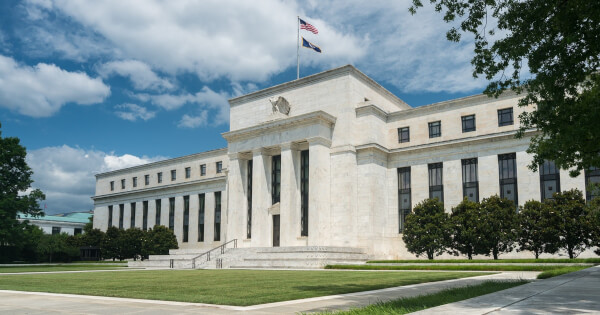The recent collapse of Silicon Valley Bank (SVB) has prompted an internal investigation by the Federal Reserve to look into the failure of the bank and the Fed’s regulation of it. Federal Reserve Chairman Jerome Powell has admitted to being blindsided by the sudden collapse of SVB despite being under their supervision. This has raised concerns about the effectiveness of the Federal Reserve’s oversight of banks in the United States.
SVB’s collapse has been linked to the Federal Reserve’s successive interest rate hikes aimed at taming inflation, which eroded SVB’s long-term bonds purchased at near-zero rates. When SVB announced that it suffered a $1.8 billion after-tax loss and was looking to raise $2.25 billion, the market panicked, leading to a $160 billion wipeout in its market cap in 24 hours. Despite SVB CEO Greg Becker urging investors to “stay calm” and not to “panic”, depositors began to request withdrawals from SVB en masse, causing a bank run.
On March 10, the United States Federal Deposit Insurance Commission stepped in, taking possession of SVB to help depositors get access to their money. Emergency measures were put in place by the government soon after to guarantee all deposits at SVB. This has raised concerns about the stability of the banking system and the need for stronger regulatory measures to prevent such occurrences in the future.
Powell has confirmed that Vice Chairman Michael Barr will be testifying next week as part of the internal investigation. Powell’s interest is in identifying what went wrong and how it can be prevented in the future. However, some politicians, including U.S. Senator Elizabeth Warren, have expressed their frustration with Powell and his regulatory approach toward large banks in the U.S. over the last five years, which they believe has been weak.
Warren believes that Powell’s nine consecutive interest rate hikes to 5% pose a risk to the economy, potentially pushing it into a recession. She has also criticized Powell’s approach to banking regulation, stating that it is a factor to blame for the recent banking crisis. The collapse of SVB has highlighted the need for stronger regulatory measures to ensure the stability of the banking system and prevent future occurrences.
In conclusion, the collapse of Silicon Valley Bank has raised concerns about the effectiveness of the Federal Reserve’s oversight of banks in the United States. The internal investigation into the failure of the bank and the Fed’s regulation of it will hopefully identify what went wrong and how to prevent it in the future. The incident has also highlighted the need for stronger regulatory measures to ensure the stability of the banking system and prevent future occurrences.
Credit: Source link
































